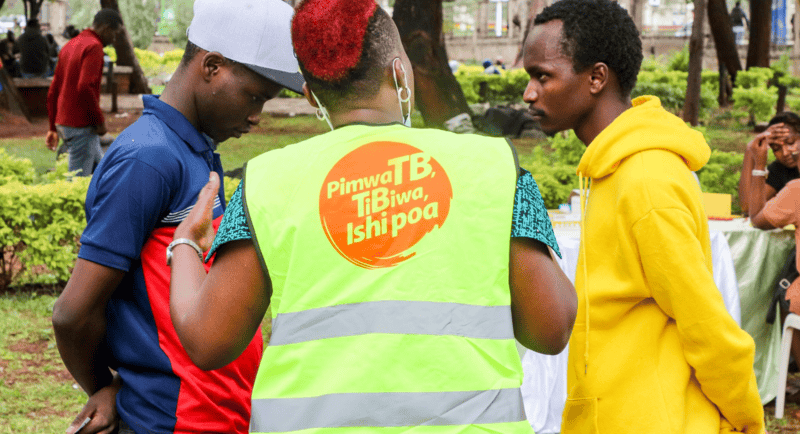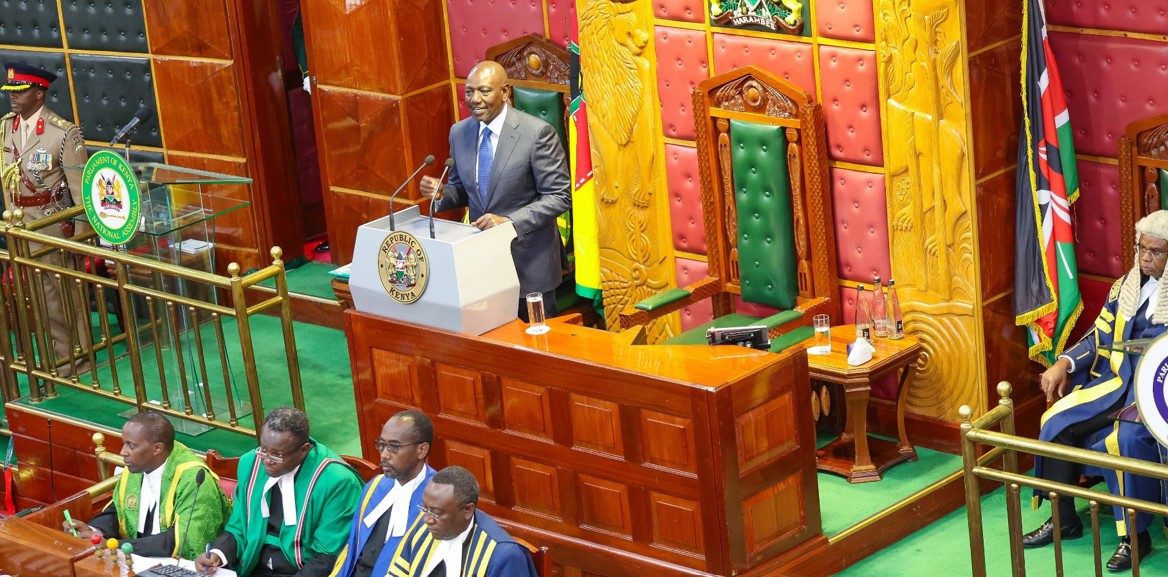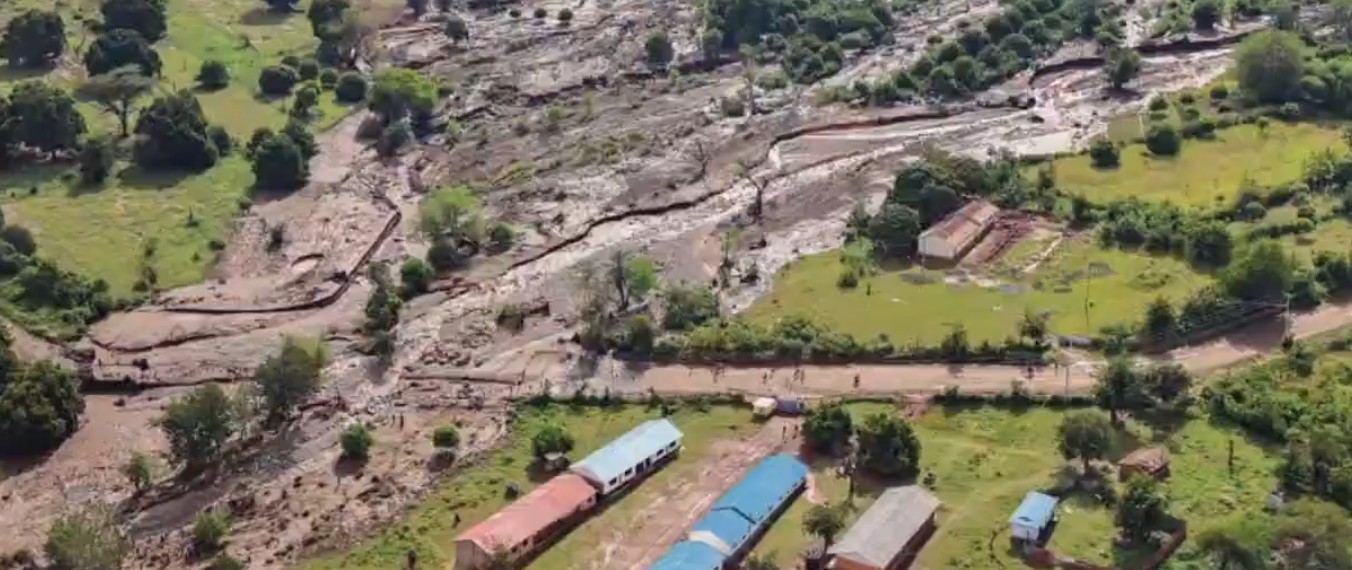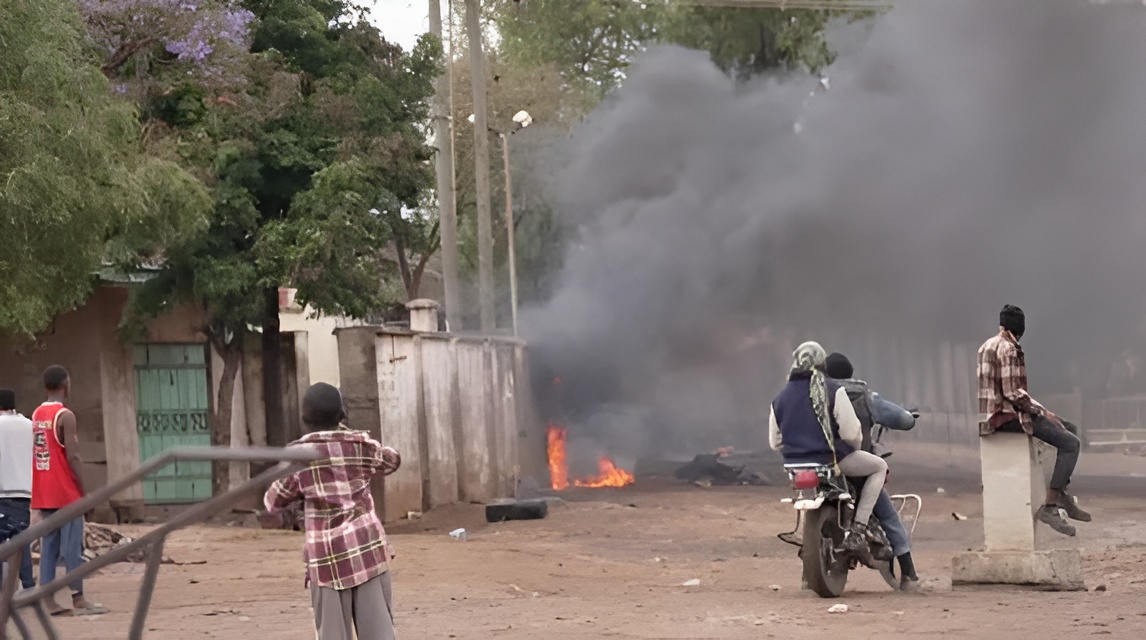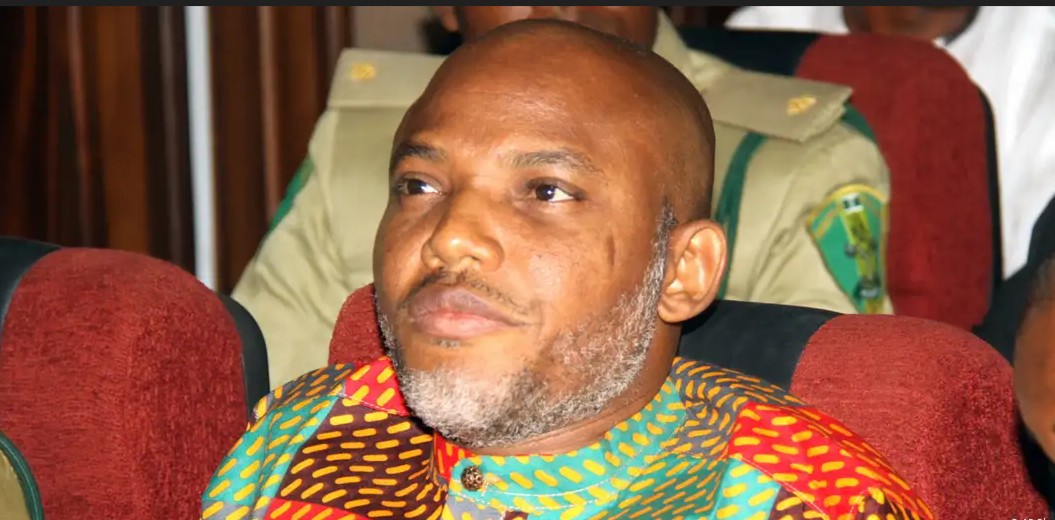City Hall targets Eastleigh, Ruai, Kasarani in crackdown on illegal structures

Governor Sakaja urged Nairobians to cooperate with county officials and professional planners to make the city safer, more liveable and better organised.
In a bid to restore order and promote safety in Nairobi’s construction sector, the Nairobi City County Cabinet has approved new regulations creating a transparent framework to bring informal buildings into compliance with planning laws.
The Regularisation of Unauthorised Developments Regulations, 2025 introduce a fair and structured process to regularise developments that have previously existed outside the formal planning system.
More To Read
- Governor Sakaja moves Geoffrey Mosiria from Environment to Customer Service docket
- Governor Sakaja says Sh180 billion needed to clean Nairobi's main rivers
- City residents living along riparian corridors assured of fair treatment in relocation plans
- Sifuna questions Nairobi County’s directive to move hospital accounts to Sidian Bank
- Sakaja, MCAs agree on new housing policy and tenant reinstatement plan
- Governor Johnson Sakaja appeals for funds to sustain ‘Dishi na County’
The move comes just two days after Nairobi Governor Johnson Sakaja urged residents to take advantage of a grace period before enforcement begins.
“If you know you have an unapproved building, this is your last opportunity to comply. Once the grace period is over, enforcement will follow. It’s not about revenue, it’s about order, safety and accountability,” Sakaja said.
The new regulations operationalise the Nairobi City County Regularisation of Unauthorised Developments Act, 2025, detailing procedures for applications, technical reviews, professional accountability, public participation, and enforcement. The framework will now be presented to the County Assembly for approval and publication.
“This initiative aims to replace fear and uncertainty with order, safety and dignity, especially for residents and small businesses that have long operated in informal developments. Every Nairobi resident deserves a safe home, a stable business and a county that treats them with dignity,” Sakaja added.
The system establishes a structured process for residents and developers to legalise buildings previously outside the formal planning framework. It emphasises safety, public health and environmental standards to ensure that no regularised structure compromises the well-being of Nairobians.
Public participation
The regulations also guarantee public participation and accessible dispute resolution mechanisms to strengthen transparency and accountability. Built environment professionals will be held responsible for the integrity of all submissions and remedial works.
Additionally, the framework integrates informal areas into formal urban planning to ensure that every ward enjoys equal rights, safety and dignity.
Sakaja noted that targeted enforcement would follow for those who ignore safety standards or obstruct public spaces. The county also plans to launch a transparent online dashboard to track applications, approvals and safety improvements in real time.
According to an official Cabinet dispatch, the regulations “operationalise the Act by setting out the end-to-end process for applications, technical standards, professional accountability, public participation, dispute resolution and enforcement.”
“Nairobi’s growth has too often been informal, leaving families, small businesses and entire neighbourhoods exposed to risk, unsafe structures, poor access and constant fear of evictions. This framework replaces anxiety with a fair, rules-based pathway into the formal planning system, prioritising structural safety, public health, environmental stewardship and community voice, while protecting livelihoods.”
Enforce urban planning laws
Speaking separately during the 25th anniversary celebrations of United Winner DT Sacco, Governor Sakaja reaffirmed his administration’s commitment to enforcing urban planning laws and restoring order in the city’s construction sector.
“If you know you have an illegal building, you have a window to regularise. Please come and regularise. When that window closes, that’s it—the law will take its course,” Sakaja said.
He added that the county will, after the deadline, launch a citywide crackdown targeting thousands of unauthorised structures that fail to meet planning and safety standards.
A public notice from the Department of Built Environment and Urban Planning has already invited developers, land-buying companies and property owners to submit applications for regularisation. The process allows developers to seek retrospective approval for buildings constructed without permits or for projects that deviated from approved plans—for instance, putting up five floors after obtaining permission for only two.
Governor Sakaja stressed that the initiative is not a revenue-generating exercise but a corrective measure to ensure safer, more organised urban growth.
“It’s not about money; it’s our duty to ensure that urban growth happens in an organised way—with proper utilities, emergency access, and structural integrity. That’s why we’re giving this window to regularise. After that, we will take action,” he said.
Safeguarding public safety
The County Executive Committee Member for Built Environment and Urban Planning said the new law provides a clear legal foundation for the exercise, aiming to bring non-compliant developments into conformity with planning laws while safeguarding public safety.
Urban Planning Chief Officer Patrick Analo said the initiative targets structures erected without approvals, but that can still be brought into compliance with minimum safety and planning standards.
“To ensure transparency, the county government will publish notices of unauthorised developments in at least two national newspapers,” Analo said.
“The regularisation covers a wide range of developments, including subdivisions, change of use, extensions, architectural and structural works, billboards, LEDs, wall wraps, and even informal settlements located on private land.”
Land ownership disputes
He added that City Hall is also using the exercise to resolve long-standing land ownership and planning disputes that have slowed investment and development in several neighbourhoods.
Developers and property owners who fail to take advantage of the opportunity risk facing enforcement under the Physical and Land Use Planning Act, 2019.
The crackdown will primarily target high-risk areas such as Ruai, Kasarani, Mwiki, Roysambu, and parts of Embakasi, where illegal constructions, land-buying company disputes and squatter settlements have caused major planning challenges.
Governor Sakaja urged Nairobians to cooperate with county officials and professional planners to make the city safer, more liveable and better organised.
“We cannot continue building a city on disorder. Let’s fix it now while we have the chance,” he said.
Top Stories Today
